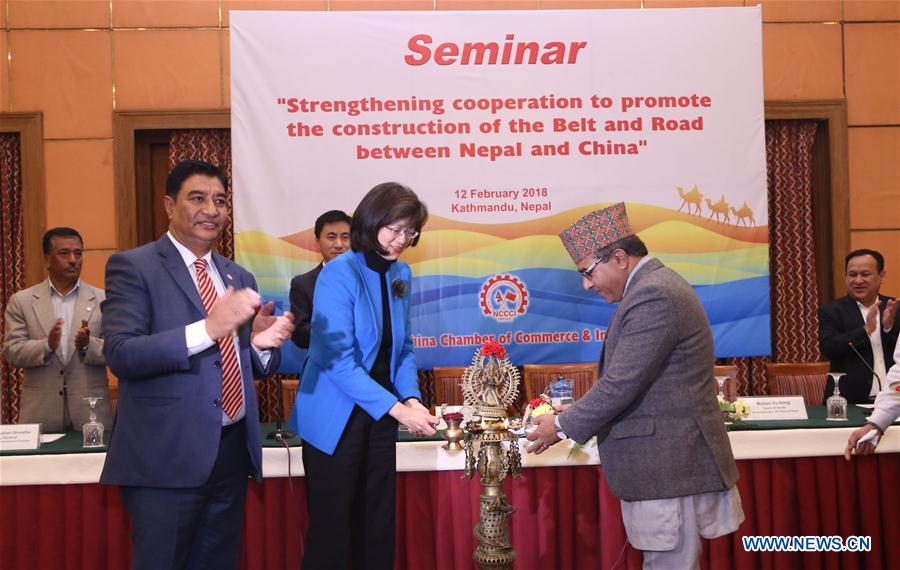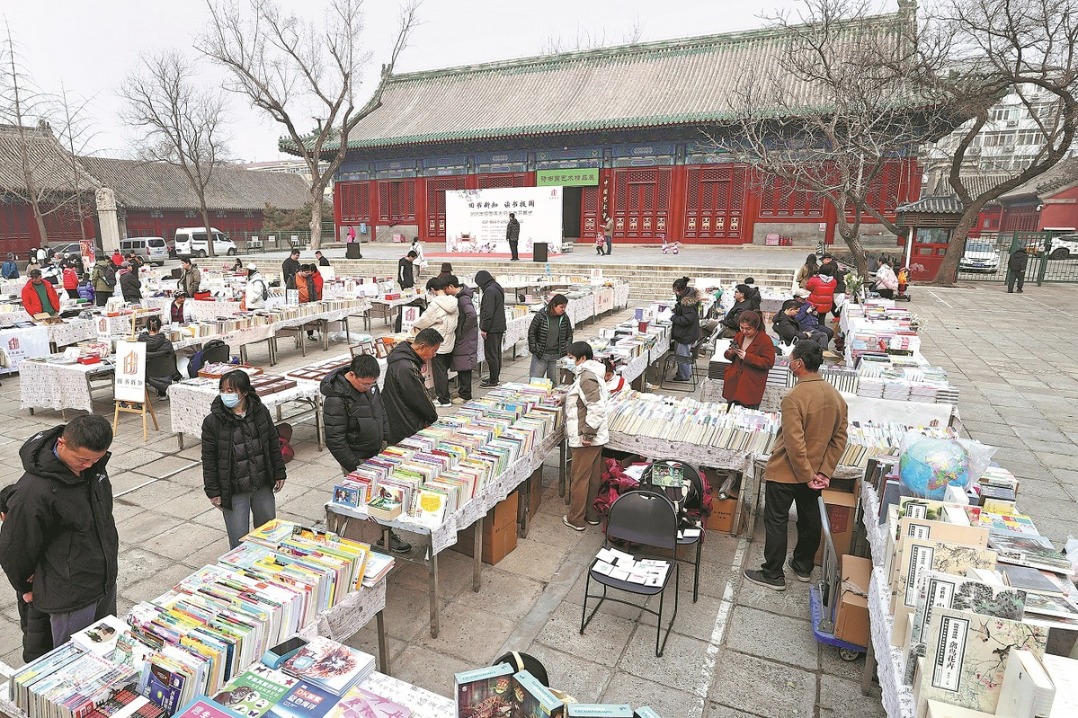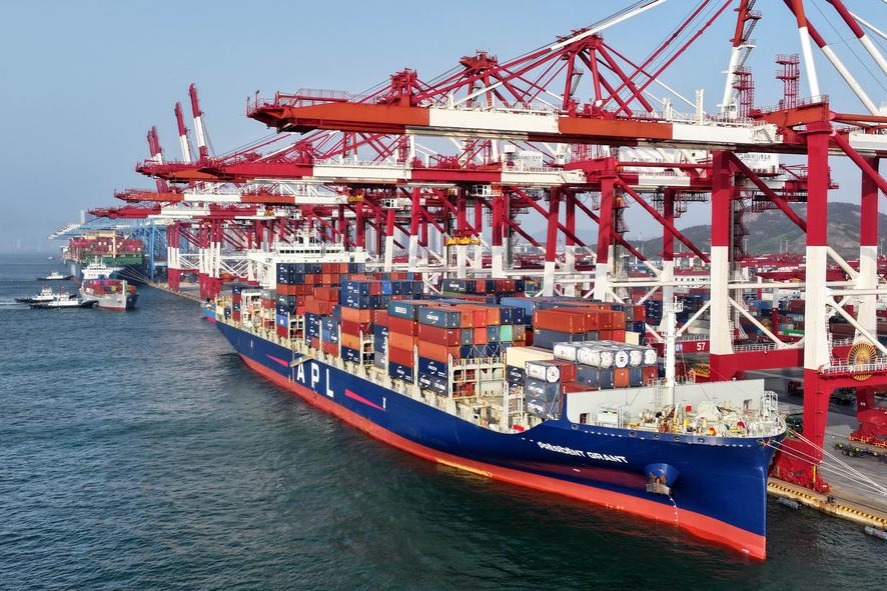Belt and Road Initiative a huge opportunity for Nepal


China, one among the two neighboring countries of Nepal, always has been “the friend in need” for Nepalese people. From the very beginning Nepalese people took the Belt and Road Initiative proposed by President Xi Jinping in 2013 as a positive step. The positive attitude of Nepalese people toward the initiative made the Nepal government go ahead for closer bilateral cooperation with China through the BRI.
Prime Minister of Nepal Pushpakamal Dahal agreed to cooperate in jointly building the Belt and Road Project during his meeting with President Xi in March 27, 2017. Since then some major political changes took place in Nepal. But unlike the past, the demand for enhanced bilateral cooperation with China is growing.
Nepal is mostly a mountainous country with complicated and challenging geography. Economic backwardness, political instability, complicated social life and corrupt and lethargic bureaucracy have been the major obstacles to overcome this challenge.BRI as the mega project to link the whole world appears as a beam of hope for the Nepalese people. Arrival of Chinese cargo train crossing 2,431 kilometers from Lanzhou to Shigatse, 386 km away from Nepali border in April 2016, was welcomed by Nepalese people as the positive omen. Recent bilateral agreement between Nepal and China to construct the railway line from Kerung to Kathmandu and Kerung-Pokhara-Bhairahawa are the major historical achievements of modern Nepal. These projects definitely can contribute a lot for the development and prosperity of Nepal. It can at the same time help it to liberate itself from the dependency upon a single country for all its economic activities and land-lock character.
These major projects if constructed as planned will certainly change the life and economic condition of Nepal. Northern region of Nepal will achieve the development it never imagined.
Nepal is the founder member of Asian Infrastructure Investment Bank (AIIB) initiated by China. As AIIB itself is a complimentary institution for the implementation of BRI, through this forum too Nepal can benefit in its development and for optimum utilization of its resources.
Nepal as a small country with profound natural treasure is the finest location for tourism. As an owner of the homeland of major Himalayan peaks, it can attract the tourists from the whole globe that it has been doing since the century. But after the BRI project and closer connectivity with China, Nepal will be welcoming the Chinese people as the tourists and very soon China will be major source of tourist in Nepal. Some 8,715 Chinese tourists visited Nepal in 2002 whereas the figure reached 123,850 by 2014. This multiplying number of Chinese tourist in Nepal within 12 years can be the best example of the impact of BRI in Nepal.
Chinese private investment in Nepal previously was focused on small projects such as restaurants, minor hotels and contract of small budget. But today due to conducive environment for the investment generated mainly after the BRI project and connectivity policy, Chinese investors are investing in many major projects of Nepal with positive outcomes.
Another major outcome of the BRI project in Nepal is the increasing number of Nepalese students studying and desiring to study in China. Many young people today desire to go to China for their further study which was not as it is now a decade ago. Many youngsters are attracted to learn Chinese language to fulfill their various dreams.
Frequent bilateral exchanges between China and Nepal have eased Nepalese people from various strata to understand China and Chinese society. Similarly the regular visit of Chinese officials and Chinese volunteers working in various parts of Nepal are making people from both countries come closer.
Besides Nepal, as a part of BRI, China will also enhancing its relations with other South Asian Countries. Pakistan, Sri Lanka, Bangladesh are other countries like Nepal that are involved in BRI mega project and directed benefiting. The finest part of BRI project for the underdevelopment countries is the policy of win-win cooperation, contrary to the other previous projects based on intervention and intrusion particularly from West.
China through the BRI project wants to develop the whole world in equal ground. Uneven development is the major source of war and worries. Hence BRI is the farsighted project to eradicate war and establish sustainable peace throughout the World. Actually BRI has redefined the humanism in contemporary world context. Development and prosperity in today's world is not limited to the narrow material construction, rather development is equal opportunity and right of life to all human being in safe environment. BRI is undoubtedly a step ahead for this model of development based on “humanity with shared destiny”.
All the underdeveloped and undeveloped countries want support based on mutual benefits rather than interferences on the guise of support. Western countries practiced such policy of invasion in the name of support. BRI today is accepted by almost whole world as the mutual beneficial program by the whole world.
Challenges are on the way. But every such challenge can be defeated by the strong solidarity between the people. BRI though took birth in China, is no more a child only of China. Rather it’s the common program of whole world who want to live in the world of peace, justice and prosperity.
Niraj Lawoju is a Kathmandu-based journalist.
The opinions expressed here are those of the writer and do not represent the views of China Daily and China Daily website.
































